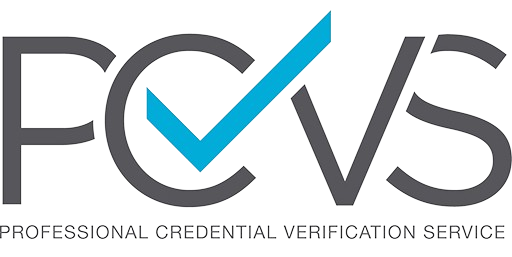In this age of limited physicians and expanding technologies, the utilization of telemedicine services (also known as telehealth services) has grown exponentially to address the health care needs of urban and rural communities, specifically those with large geographic expanses, in which access to care is limited. Historically, diagnostic medical specialties were at the helm of rolling out telehealth services, such as radiology, neurology, and psychiatry. Today we know that telemedicine services fill a much-needed gap in the delivery of health care, and includes a broad spectrum of services and specialties, including urgent care, fast care, primary care and others.
Telemedicine credentialing is subject to the same regulatory and accreditation standards as traditional credentialing (primary source verifications, etc.). In the context of timely access to care, the established credentialing (and privileging) processes may take too long to perform and can present a roadblock to patients and communities receiving care. As a result, the Centers for Medicare and Medicaid Services (CMS) and The Joint Commission (TJC) developed and implemented a process called ‘credentialing by proxy’. Credentialing by proxy recognizes the inherent differences between in-person care and virtual care, allowing hospitals and health systems to leverage the benefits of telemedicine without inheriting the full breadth of administrative burden. That is, hospitals and health systems contracted with telemedicine services (known as the ‘originating site’) are allowed to rely on the credentialing (and privileging) process and decisions made by the entity providing the telemedicine services (known as the ‘distant site’), as long as certain conditions are met. The CMS and TJC credentialing by proxy regulations and accreditation standards were developed to reduce administrative burden, cost and stimulate technological innovations in the delivery of care .1
Under these regulations and accreditation standards, the originating site hospital is allowed to use credentialing by proxy when telemedicine services are provided by a practitioner/physician located at a Medicare-participating distant site hospital, or another entity providing telemedicine services, known as a ‘Distant Site Telemedicine Entity’ (DSTE). DSTEs provide telemedicine services and are not a Medicare-participating hospital. DSTEs provide contracted services in a manner that enables the originating site hospital to meet all applicable CMS Conditions of Participation, particularly those related to credentialing (and privileging) of telemedicine practitioners. A DSTE may be a physician group, a non-Medicare-participating hospital, or other non-hospital telemedicine provider.1
In order to use credentialing by proxy, the originating site hospital must enter into a written agreement with the distant site hospital or DSTE, reflecting and confirming certain requirements. The credentialing by proxy agreement requires the parties to share information regarding credentialing decisions, as well as periodic updates of practitioner reviews and assessments, both of which rooted in federal regulations. However, if a hospital enters into a credentialing by proxy agreement, it is not required to use that process for all (or any) telemedicine practitioners. It retains the option to use the traditional credentialing process if desired.1
Ultimately, the governing body of the originating site hospital retains full and complete authority over credentialing (and privileging), recredentialing and ongoing monitoring decisions regarding telemedicine-based practitioners.1
